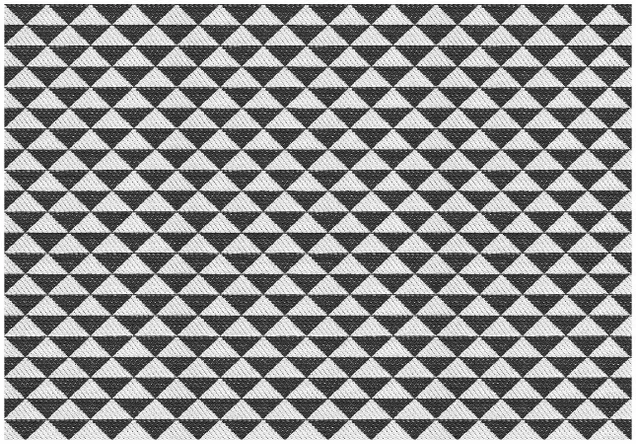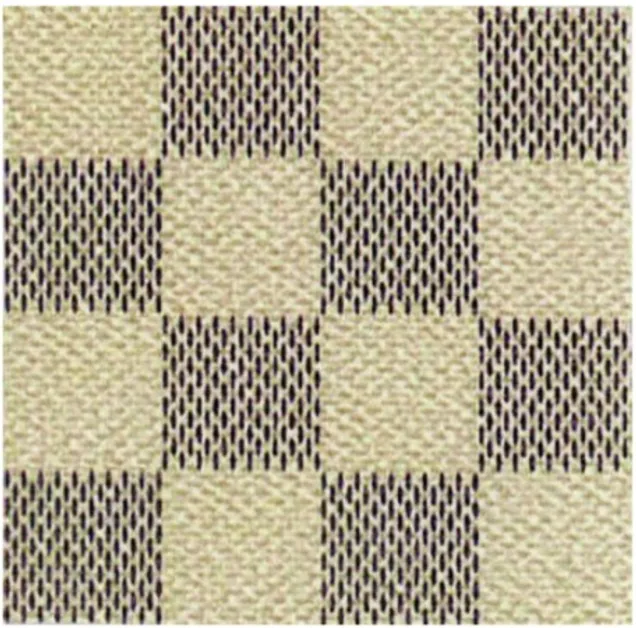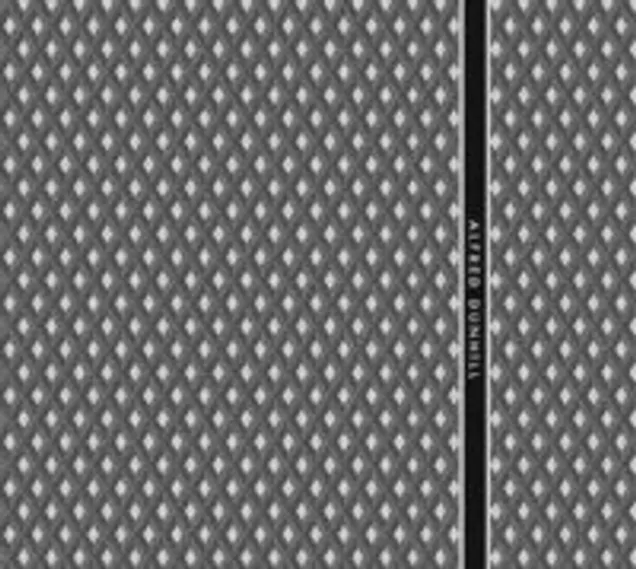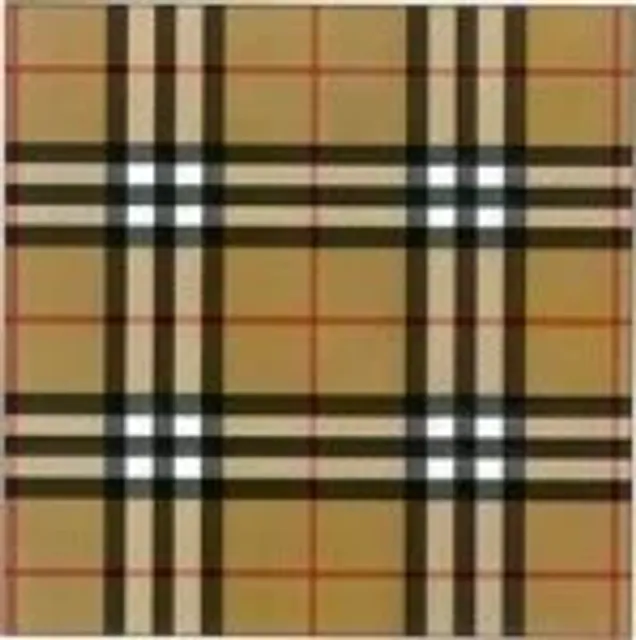Trade marks are an important tool for protecting a brand's identification and reputation in the market. In recent years, there has been a widespread trend in Europe and worldwide to register pattern marks, which are particularly popular among fashion brands. However, the registration of this type of trade mark entails a number of issues, which have been identified by the European Union Intellectual Property Office (EUIPO) in its recent decisions.
What is a pattern mark?
In addition to the most well-known word and figurative marks, there are also other types of trade marks, including pattern marks. A pattern mark consists of a set of elements that are repeated regularly to form a unique pattern. The significance of pattern marks is particularly evident in fashion houses, which like to use patterns to identify their products and often label such items as handbags or wallets with them.
Despite their popularity among fashion brands, registering them is not as straightforward as it might seem. The registers of the EUIPO and of the Industrial Property Offices of the Slovak Republic and of the Czech Republic currently contain just over 130 valid pattern mark registrations and only about 45 new registration applications are currently pending.
When can a pattern be a trade mark?
In recent years, dozens of trade mark applications have passed through the hands of EUIPO examiners, by which their applicants applied for pattern registration. Among the most frequent reasons for refusal of their registration as a trade mark is the lack of their distinctive character. Distinctive character is the alpha and omega of any trade mark registration. In order to serve its purpose, a trade mark must be capable of identifying the goods or services as originating from a particular undertaking and thus be capable of distinguishing them from those of other entities. However, it is in relation to patterns that the authorities often find that the requirement of distinctive character is not met.
Several fashion brands, including Prada and Louis Vuitton, have also had problems registering their patterns, or maintaining them registered, before the EUIPO in the recent past. In its decisions on the patterns of the two fashion brands, the EUIPO found that their patterns consisted only of basic and common geometric shapes, which do not contain any differences from their common representation or application in the fashion industry. The patterns listed below were thus refused precisely on the ground that they lacked distinctive character and were thus unable to fulfil the essential function of a trade mark.


From the left: Prada (EU Application No. 018683223); Louis Vuitton (EU trade mark No. 0986207)
Source: EUIPO
However, in the case of the Prada pattern, this was only a so-called first instance decision, which the applicant has already appealed. So we can expect an interesting trade mark "fight" that may go all the way to the Court of Justice of the European Union.
The Louis Vuitton brand originally had its trade mark registered for several years, but lost the trade mark in proceedings for the invalidation of a trade mark. The EUIPO's decision in this case was upheld by the Court of Justice of the European Union and the trade mark was revoked.
What pattern marks are currently registered?
However, a lack of intrinsic distinctive character does not always mean a failed registration. The applicant may also try to prove that the mark has acquired distinctive character through use, even in the case of so-called "weaker marks".
This is what several companies that have successfully registered pattern marks have managed to do, even though at first glance such patterns look very ordinary. These include, for example, pattern marks of Victoria's Secret, Alfred Dunhill or Burberry. Even though these patterns contain relatively simple geometric shapes, their applicants have been able to convince the EUIPO that the marks are distinctive and can thus identify the goods of one undertaking and thus distinguish them from those of another.



From the left: Alfred Dunhill (IR 1452431), Victoria's Secret (IR 1536742), Burberry (IR 732879)
Source: WIPO
Current practice confirms that although registration of a pattern as a trade mark is quite complex, it is certainly not impossible. A thorough strategy, preparation and documentation of the actual use of the trade mark in the market is necessary for to register it successfully and use the argument about the acquired distinctive character. Thus, when seeking to register a pattern mark, the level of experience and expertise in how to approach the registration process is undoubtedly important in order to make it both time and cost effective for the applicant.
We can help you protect your brand
Registering a trade mark is key to ensuring stronger legal protection for your brand. A trade mark helps you maintain a unique identity and competitive advantage in the market. At HAVEL & PARTNERS we have a team of legal experts who will be happy to help you with the registration of any trade marks, including pattern marks. Besides the complete registration process, we can provide ongoing monitoring of your trade marks and help you protect your trade mark rights.









